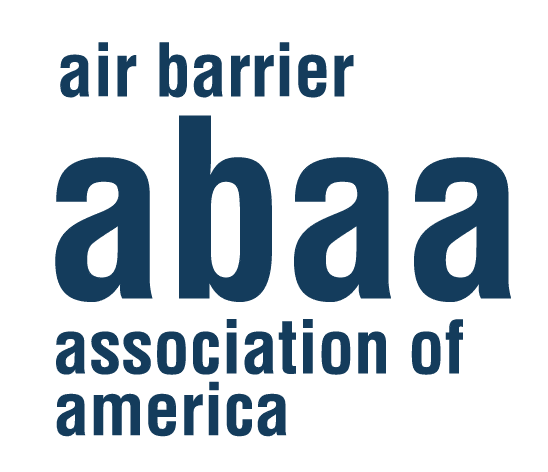Event Calendar

Future-Proofing Buildings with Whole Building AWBs
November 9 @ 8:45 am - 9:45 am UTC+0

As climate change drives increasingly severe storms, building resilience is critical. How do we ensure buildings withstand these extremes? A robust whole-building air barrier assembly is key, offering a resilient shield against environmental stresses. This presentation will guide you in designing and implementing a high-performance building envelope to manage climate impacts effectively.

